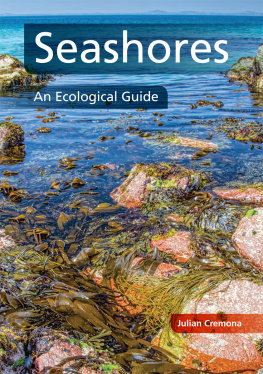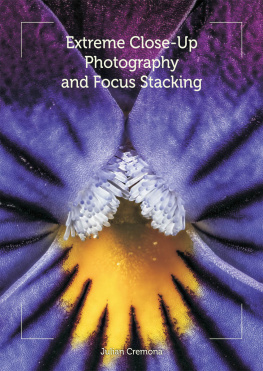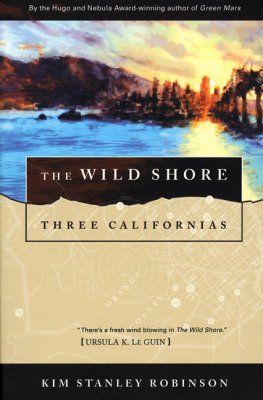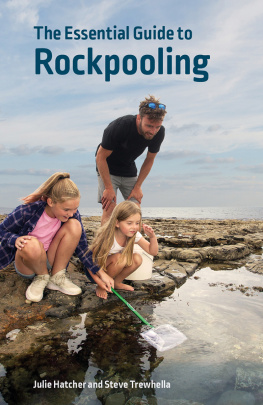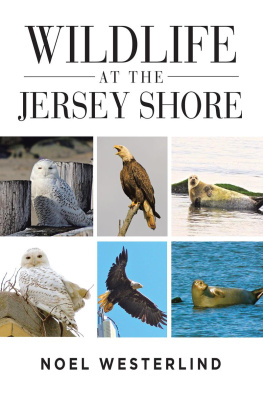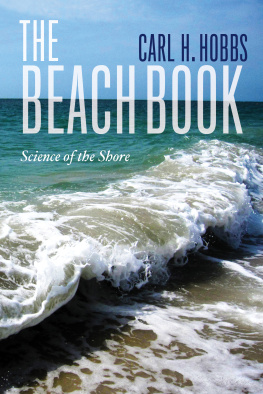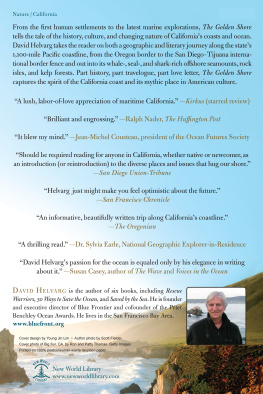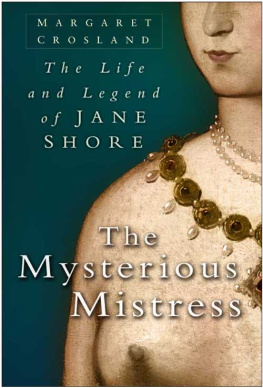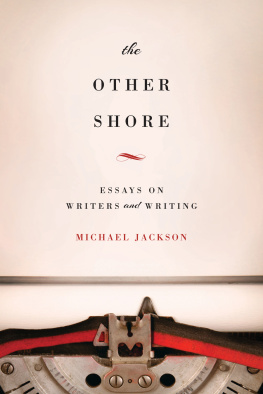
Seashores
An Ecological Guide
Julian Cremona

First published in 2014 by
The Crowood Press Ltd
Ramsbury, Marlborough
Wiltshire SN8 2HR
www.crowood.com
This e-book first published in 2014
Julian Cremona 2014
All rights reserved. No part of this publication may be reproduced or transmitted in any form or by any means, electronic or mechanical, including photocopy, recording, or any information storage and retrieval system, without permission in writing from the publishers.
British Library Cataloguing-in-Publication Data
A catalogue record for this book is available from the British Library.
ISBN: 978 1 84797 805 9
Dedication
To Brenda
Acknowledgements
Over the eighteen years spent as Head of Dale Fort Field Centre my knowledge and understanding of marine ecology was extensively increased, modified and corrected by the staff and people I met: Dr Steve Morrell and Phil Wensley in particular. As work colleague and friend, John Archer-Thomson has been a constant source of inspiration and help which has continued after my recent retirement. He has provided valuable assistance in the writing of this book and allowed two of his photographs to be included. Photographing under the microscope is a great skill which I have struggled with and I thank Mike Crutchley for coming to the rescue. He has provided a number of his superb plankton images as well as two mollusc radula. Dr Robin Crump has always been a great friend and I thank him for his help with lichens, echinoderms and for many other areas of his expertise. I particularly enjoy marine insects but identification is difficult as they are so small and my thanks go to Dr Joe Botting and Dr Tristan Bantock of britishbugs.org.uk. You could not ask for a more tolerant field assistant than my wife Brenda, who has been by my side in some of the worst climatic conditions possible. I could never be where I am today without you.
CONTENTS
INTRODUCTION
W here would you like to go on holiday? When asked people often say sea, sand, and sun. Where did this love for the seaside begin? The early Britons were certainly coast dwellers. The wild woods prevented the crossing of the land and protection was often best on promontory headlands where we see the remains of Bronze and Iron Age forts. Domestication of the coastal vegetation, like carrots and cabbage, gave us the veggies we have today. Scavenging between the tides provided a host of limpets and other shellfish, a delicacy still sought in many diets. The seashore was part of our evolution, fixed in our blood before the great forests were cut down and we moved inland.
The Victorians brought us back with railways. We went in our thousands to escape the grime and drudge of industrialization, to sit on a beach and experience a natural world. However, the Victorians love of exploration caused some to leave the deckchair and bathing machine to beachcomb. Soon people wanted to know more and finding weird and amazing creatures gave birth to identification books. Amazing and quite stunning books appeared, the like of which we may never see again. One example was the three leather-bound volumes of Phycologia Britannica published in 1846, a complete coverage of British seaweeds, all with painted colour plates. The first modern book of the seashore was Collins Guide to the Seashore by Barrett and Yonge in 1958. Remaining in print for several decades, it was the standard by which all identification books were judged.
Today we are served with a diversity of identification books to help satisfy the question, What is it? There is a plethora of excellent guides filled with colour illustrations of the many hundreds of species from the common to the very rare, typically ordered from the simple to the complex seaweeds at the start going through to fish at the end. This book, too, may help you answer the What is it? question, as it covers the key species that are most likely to be encountered. Here, however, species are approached from the community perspective, since organisms are not solitary beings, so the first aim is to identify the community. Each shore type is divided into two parts: the first part helps with that identification and breakdown of the community; the second looks at the ecology of the whole. Each community begins with photographs of what may be encountered, with bulleted information on those species followed by a breakdown of additional plants and animals. There will always be some overlap between communities, so be prepared to find what you are after nearby.
In this way the book aims to interpret the role of populations and communities within their environment; answering different questions about adaptations to where they live, why they live where they do, and how they interact and feed.
The scientific names of species given in this book were correct at the time of writing. However, the nomenclature and classification of organisms is constantly being reviewed and may change. The book is aimed at the layman, student and naturalist. It is easy to dip into and text has been kept short and succinct. Exploring the seashore is one of the most absorbing pastimes within which we can indulge ourselves. I hope this book helps in your enjoyment.
Chapter 1
ELEMENTS OF THE COAST
Basic principles
Ecology is concerned with the relationship between living things and their external environment. Animals also have an internal environment consisting of tissue fluid which bathes the body cells. Higher organisms, e.g. mammals, can regulate this fluid (called homeostasis) within narrow limits but amongst the lower invertebrates there is a lessening of control and a greater dependence on the conditions within their external environment. For example, sea anemones have no control over water loss or the water entering their tissue fluid. They must live in an aquatic environment whose concentration (osmotic potential) matches that of their tissue fluid so that water loss will equal water gain, referred to as isotonic. As well as water they must obtain glucose, protein, salts, oxygen and gametes or reproductive cells from the environment. This is the fundamental relationship between any organism and its environment. Each organism has its specific needs for survival and to understand an organism it is important to understand its external environment, including the interactions that occur with other species.
The ecosystem
No organism is independent; we are all part of an ecological system. The life on planet earth is known as the biosphere and is built like a jigsaw puzzle, made of pieces or units called ecosystems. A tropical rainforest, a moorland or a rocky seashore are examples of ecosystems although the environment you see is called the habitat within which the ecosystem occurs. The actual system is not a tangible item but a theoretical relationship between four interacting components all occurring within the habitat:
The abiota the physical and chemical features determining the system. |
The biota the populations and communities of organisms. |
An input or source of energy (e.g. solar energy, which powers a system through photosynthesis); in order to be sustained each system will have a minimum or annual amount of energy requirement an energy budget. |
An output or flow of nutrients, including the cycle of decomposition (e.g. nitrogen and carbon cycles). |

